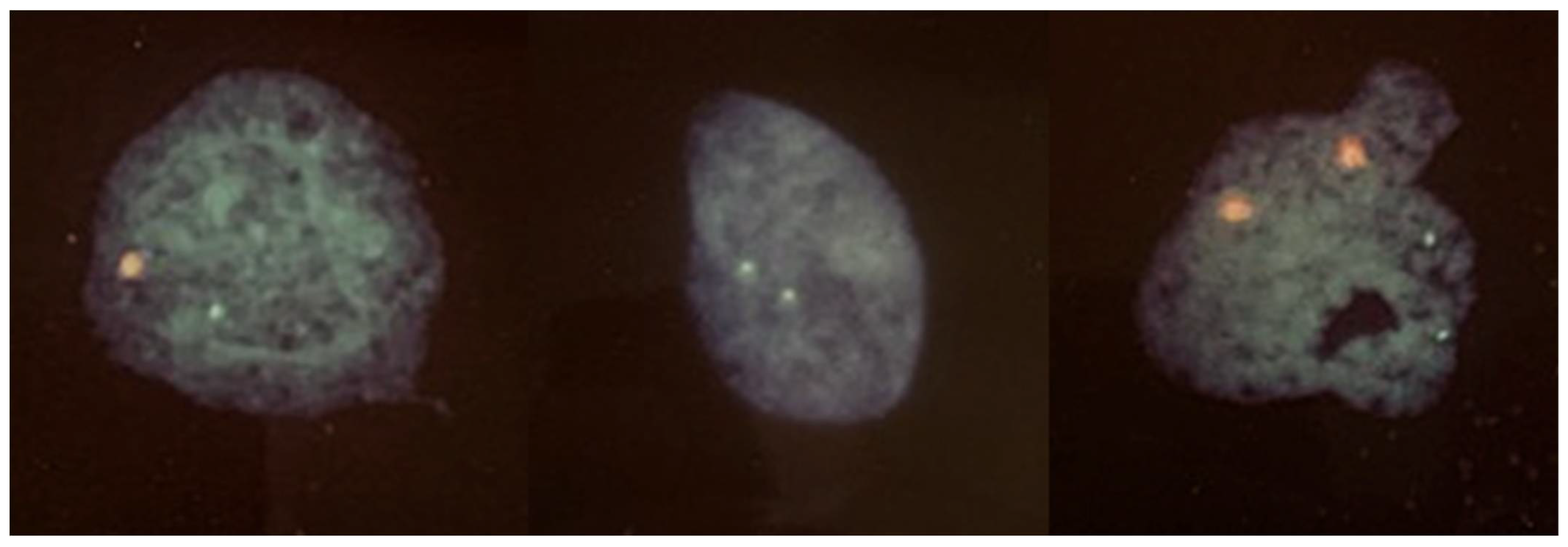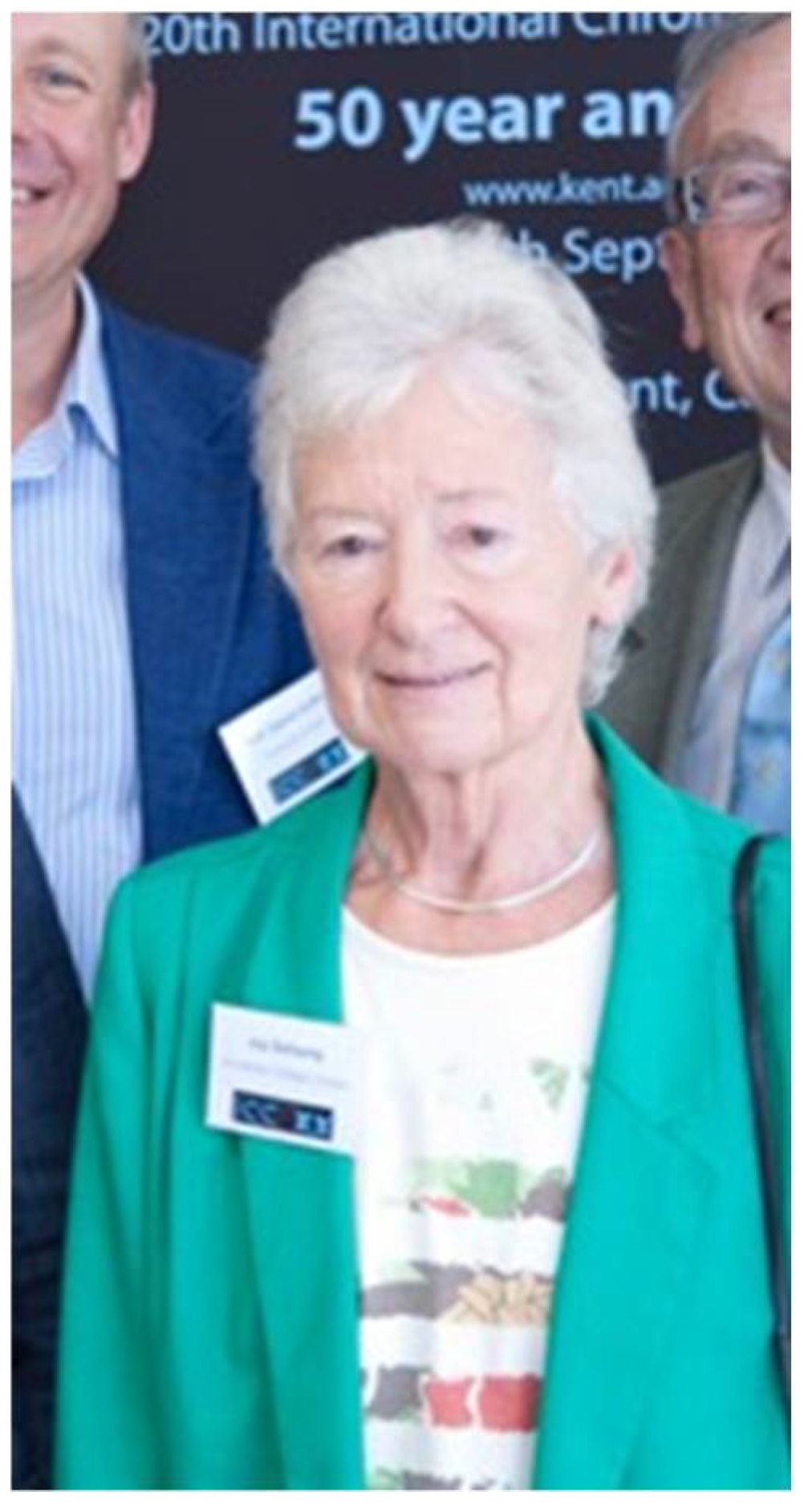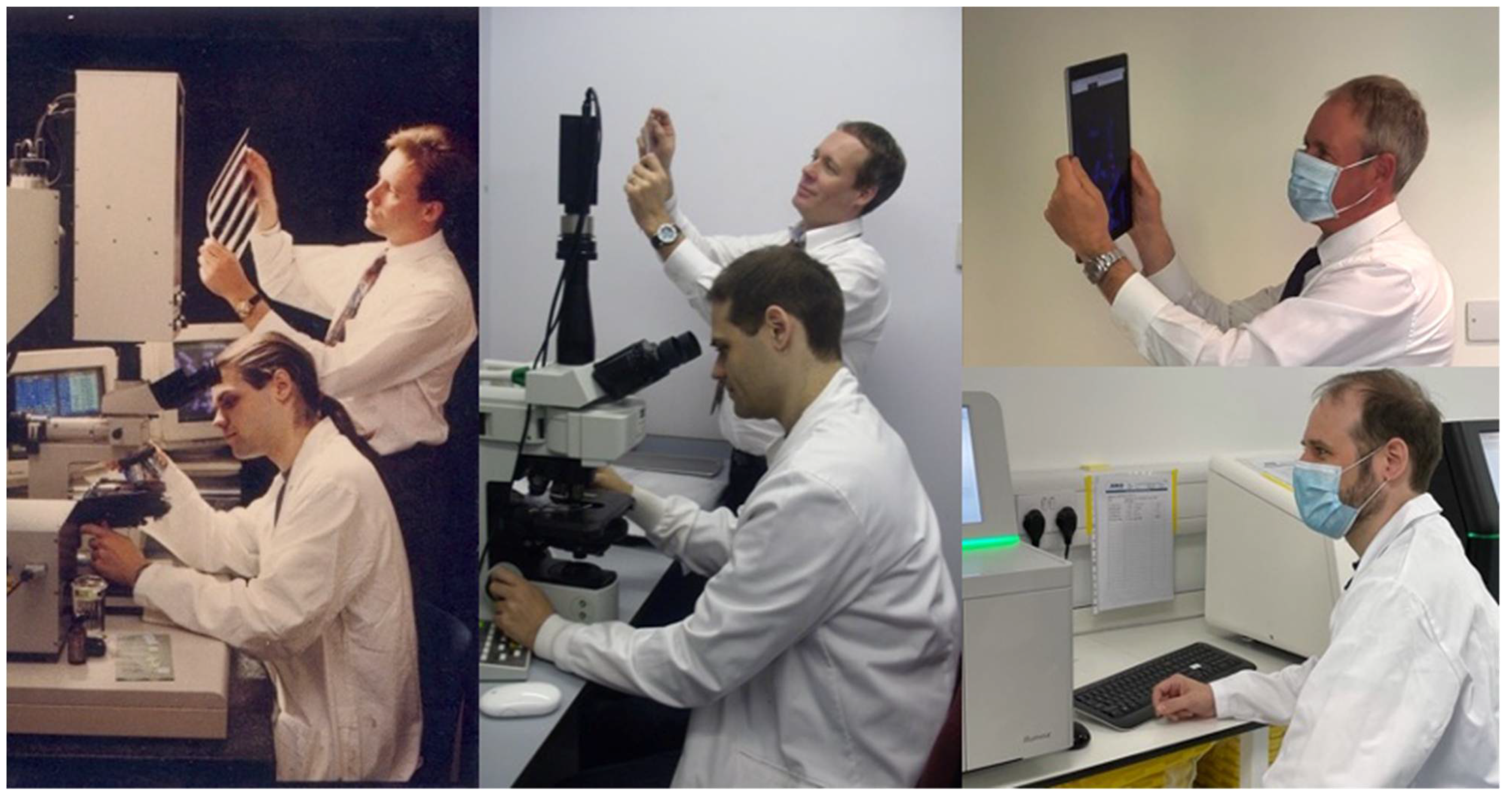One for Sorrow
- Just do it. There is no good research unless you get on with it.
- Keep it simple, stupid. Joy was never comfortable speaking in public, given her inherent shyness. Overcoming this, however, her research talks were sublime, measured, clear and full of good science.
- Take your opportunities. Science is not always linear, planned and structured. Most of us often had a couple of projects on the go at any one time and were encouraged to take the new opportunities that they presented.
- Always give credit. There are few parts of academia that raise the hackles more than authorship and it is sometimes amazing, in hindsight, to realise how Joy would go out of her way to make sure that credit was properly attributed.
- There is nothing more important than your team. She empowered us, she showed us the way and then she watched with pride as we spread our wings.
- Be a teacher. Many of us had the opportunity to give lectures and teaching in her practical classes. We benefitted from it enormously.
- Publish and publicise. We did, and many of us continue to do so. By all accounts, her very last words were “make sure you get this published.”
Funding
Conflicts of Interest
References
- Griffin, D.K.; Wilton, L.J.; Handyside, A.H.; Winston, R.M.L.; Delhanty, J.D.A. Dual fluorescent in situ hybridisation for simultaneous detection of X and Y chromosome-specific probes for the sexing of human preimplantation embryonic nuclei. Hum. Genet. 1992, 89, 18–22. [Google Scholar] [CrossRef] [PubMed]
- Griffin, D.K.; Handyside, A.H.; Penketh, R.J.A.; Winston, R.M.L.; Delhanty, J.D.A. Fluorescent in-situ hybridisation to interphase nuclei of human preimplantation embryos with X and Y specific probes. Hum. Reprod. 1991, 6, 101–105. [Google Scholar] [CrossRef] [PubMed]
- Griffin, D.K.; Wilton, L.J.; Handyside, A.H.; Atkinson, G.H.G.; Winston, R.M.L.; Delhanty, J.D.A. Diagnosis of sex in preimplantation embryos by fluorescent in-situ hybridisation. Br. Med. J. 1993, 306, 1382. [Google Scholar] [CrossRef] [PubMed] [Green Version]
- Griffin, D.K.; Handyside, A.H.; Harper, J.C.; Wilton, L.J.; Atkinson, G.H.G.; Sousis, I.; Wells, D.; Ballsackz, B.J.; Kontogianni, E.H.; Tarin, J.; et al. Clinical experience with preimplantation diagnosis of sex by dual fluorescent in-situ hybridisation. J. Assist. Reprod. Genet. 1994, 11, 132–143. [Google Scholar] [CrossRef] [PubMed]
- Delhanty, J.D.A.; Griffin, D.K.; Handyside, A.H.; Harper, J.; Atkinson, G.H.G.; Pieters, M.H.E.C.; Winston, R.M.L. Detection of aneuploidy and chromosomal mosaicism in human embryos during preimplantation sex determination by fluorescent in situ hybridisation, (FISH). Hum. Mol. Genet. 1993, 2, 1183–1185. [Google Scholar] [CrossRef] [PubMed]
- Delhanty, J.D.; Ellis, J.R.; Rowley, P.T. Triploid cells in a human embryo. Lancet 1961, 1, 1286. [Google Scholar] [CrossRef]
- Penrose, L.; Delhanty, J. Triploid cell cultures from a macerated foetus. Lancet 1961, 277, 1261–1262. [Google Scholar] [CrossRef]
- Penrose, L.S.; Ellis, J.R.; Delhanty, J.D. Chromosomal translocations in mongolism and in normal relatives. Lancet 1960, 276, 409–410. [Google Scholar] [CrossRef]
- Penrose, L.S.; Delhanty, J.D.A. Familial Langdon Down anomaly with chromosomal fusion. Ann. Hum. Genet. 1962, 25, 243–252. [Google Scholar] [CrossRef] [PubMed]
- Delhanty, J.D.A.; Shapiro, A. An unusual acrocentric found in a case of idiocy with microphthalmia. J. Intellect. Disabil. Res. 1962, 6, 38–40. [Google Scholar] [CrossRef]
- Handyside, A.H.; Kontogianni, E.H.; Hardy, K.; Winston, R.M.L. Pregnancies from biopsied human preimplantation embryos sexed by Y-specific DNA amplification. Nature 1990, 344, 768–770. [Google Scholar] [CrossRef] [PubMed]
- Griffin, D. One for Sorrow. Available online: https://www.bionews.org.uk/page_159823 (accessed on 17 December 2021).



Publisher’s Note: MDPI stays neutral with regard to jurisdictional claims in published maps and institutional affiliations. |
© 2021 by the author. Licensee MDPI, Basel, Switzerland. This article is an open access article distributed under the terms and conditions of the Creative Commons Attribution (CC BY) license (https://creativecommons.org/licenses/by/4.0/).
Share and Cite
Griffin, D.K. One for Sorrow. DNA 2021, 1, 105-109. https://doi.org/10.3390/dna1020011
Griffin DK. One for Sorrow. DNA. 2021; 1(2):105-109. https://doi.org/10.3390/dna1020011
Chicago/Turabian StyleGriffin, Darren K. 2021. "One for Sorrow" DNA 1, no. 2: 105-109. https://doi.org/10.3390/dna1020011
APA StyleGriffin, D. K. (2021). One for Sorrow. DNA, 1(2), 105-109. https://doi.org/10.3390/dna1020011





